My obsession started Dec 30th 2015, when I first picked up one of my nail art brushes and just tried it. Brush lettering. Since then I’ve done it almost every day and so I thought I’d tell you a little bit of my experiences for beginners (which I still am) and what kind of brush pens work for me.
How a lot of my january was spent
How a lot of my january was spentBrushlettering. Basically this is handwriting with a brush, simple as that. I got into this, after we had a typography course last semester. I was not the biggest fan of how the course was taught, but thing is, it reintroduced me to something I have always enjoyed, which is writing by hand. In the typography course I chose to go with a type written with a Pilot Parallel Pen. I really enjoyed it. But then I stumbled over a brush lettering tutorial on YouTube and I absolutely loved the look of it. So almost the last day of the year I got one of my nail art brushes that kind of looked like the tips of the brushes used in the videos and just did it. I grabbed my gouache palette, which I hadn’t used since 6th grade and just tried it out. It was obviously not very pretty. But still. It was a start.
So the next day, I decided to go and pick up some of the tools people recommended. I did check out some of the tutorials for beginners. Most of these suggested Tombow dual brushes or Copic Markers to get started, because they are easier to control than a brush with actual bristles. I still wanted to get some of the favourites, the Pentel Pocket Brush and the Pentel Aquash Waterbrush to get some colorful results. Well, my favorite art supply store did not have any Tombow Brushpens in Stock. They don’t carry Copic Markers, so I went with a Touch Twin Brush Marker. I got a hold of the last Pocket Brush and the last Aquash in Medium. The fine one was sold out as well. It seemed like everyone was getting into brushlettering, usually that is the best stocked store I know. I also picked up standard round watercolor brushes, a very small one that I hardly use and a number 4. I know, I went a little overboard.
So I went back home. And started with the brush marker, since it was supposed to work better. Well, it did not. I totally hated the result, and I still am not able to get any decent result with this marker. I don’t know it’s this particular one, but I totally did not feel that. The Pocked Brush was pretty hard to handle. But I actually fell in love with the water brush. And so, I lettered. I started by writing down quotes and I’m still doing it. About a month in, my writing finally starts to look decent and I am quite happy with how it’s turning out. Still have to figure out how to layout my quotes, but I’m working on that. By know I did get two more pens. A Pentel Color Brush, which is very similar to the Aquash Waterbrush and a Faber-Castell Pitt Brush Pen, because I could not believe how awful my Touch Marker results were. I did order a Tombow, but it seems to be stuck in the mail somewhere between the US and Switzerland (added it to a order of nibs for a dip pen, it’s also only half the price we pay around here).
So in the following I want to go over each of the pens, how I like to use them, what I like, what I dislike. in the end I will be choosing one of these, that I’d recommend for starting out, and some other little things of how I approached learning this thing maybe a little differently than most of the tutorial videos taught.
Supplies
SuppliesBrush Pens and actual brushes
Brush Pens and actual brushesAll of the following samples were recorded today, right after one another (first one is a big fail, be prepared)
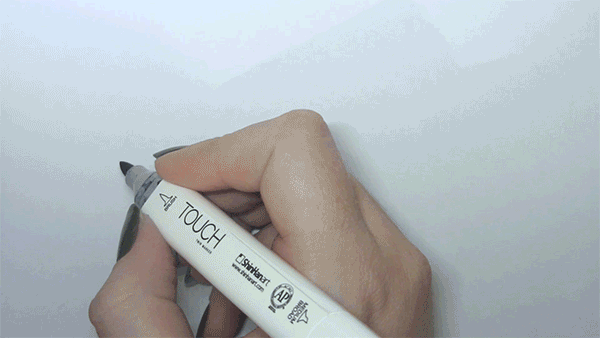
I told you I sucked with this brush pen, right? I actually got 3 of them. The gray ones will be used in my sketching class, but the wine red one, that I got, will probably be neglected. Colors are very nice and they don’t leave streaks when filling up space, but the brush pen does not work. Once you apply pressure, the tip lifts up at the front so you cannot create a very thick line, which I like. I feel like this pen is overall a bit too dry. For a felt tip pen it was not the cheapest (5.80 CHF). You could refill it, though. It’s a nice pen, but not for brushlettering.
Not recommending this one, which should not come as a surprise.

I had gotten Pitt Pens before and loved them when I was in School. I did not think about this one until I saw it in some blog post. So I got a new one and gave it a try. It definitely works better than the touch marker, but I find that it does fray out quite fast. They are fairly inexpensive (3.40 CHF) but I feel like I’d have to replace these all the time, because I do need a lot of pressure for this one. I can see this hurting a little bit, because I do grip it quite tightly.
Don’t hate it. Don’t love it. If you have one of these lying around, maybe try it.
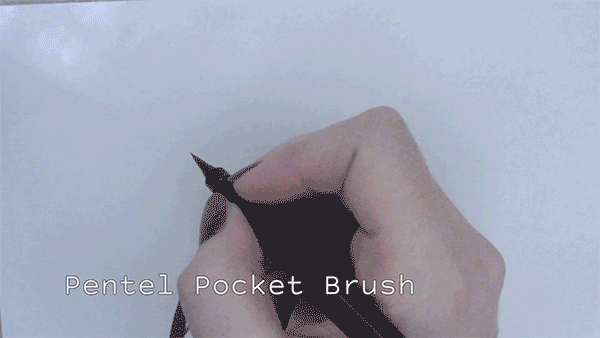
This seems to be one of brush letterers favorites and I totally get why. This basically works like a fountain pen. So you do have cartridges. In Switzerland it cost me 17 CHF, which is really inexpensive considering the fact that it comes with 4 cartridges, the price of 4 cartridges bought separately is 6.80 CHF. The ink with this brush is very very black and I do like it, but I still think I will keep refilling them myself, especially since the cartridges only come in black. I cleaned it out after all of the black ink was gone and refilled it with a mix of chinese sepia ink and water (1:1) the resulting consistency works a lot better for me than the black ink that came with the pen. The original ink is very pigmented not as fluid as my custom mix, which meant that sometimes I could not get a consistent line. I would end up with streaks. The only solution was putting the pen upside down and let gravity do its work for a few minutes. This was a bit inconvenient, but I really love everything else about this pen. I love the size of the tip, the way it springs back into shape almost instantly and the way it feels in your hand. It is absolutely amazing and I would totally recommend it to everyone.

The Aquash Brush is another favorite of the internet. It works fantastic for lettering with water colors of ink equally. I have used it filled with water and I have filled up the reservoir with a mixture of ink and water (1:1). It flowed perfectly, and if you have trouble getting some ink out, give the brush the lightest squeeze. It’s 8.50 CHF and totally worth it. About the medium sized one (there’s a larger and a smaller one, have not tried the large one yet). I got this before the fine one, which I actually had intended to buy but these things are almost always sold out at that store, I actually had to ask when exactly the restock would arrive to get my hands on the fine one. Most people recommend the fine one because it is a little bit easier to handle. I agree with that, but I find myself grabbing this one more often. It suits the size I like to write in a little bit better. I also like that the body of the tip is fatter, I feel like it just gives me a better contrast in thicknes, and it does pick up more color, which means you have to dip less and color blending is a little bit easier. But the fine one is easier to handle. It is more forgiving if you accidentally start putting pressure on to early, you have more time for correction. And it’s a lot easier to get pretty small letters.
I got this because I once had accidentally bought a refill and since I was a fan of the other Pentel Brushes I got myself one. Pricewise it is more expensive than the Aquash Brush (10.20 CHF), refills cost 4.50 CHF, which I find fair. I feel like you can also change colors by just buying a different refill. The cap won’t match then. The ink is still lasting and I’ve used it quite a lot. Now for how I like it. The tip is different than the one of the Aquash or Pocket Brush. It does not spring back, which means you’ll have to do some reshaping. I love the contrast of thick and thin you can achieve, though. I’ve had a little trouble sometimes with the ink flow. You have to squeeze the pen quite firmly and hold it upside down for a while and then it’ll go back to beautiful bold lines. Inkwise I feel like it is very wet, once it comes out. It does transfer anot hands, if you accidentally touch the paper. I really like the color selection and I think it’s definitely one worth checking out. It’s a different experience and I like it.
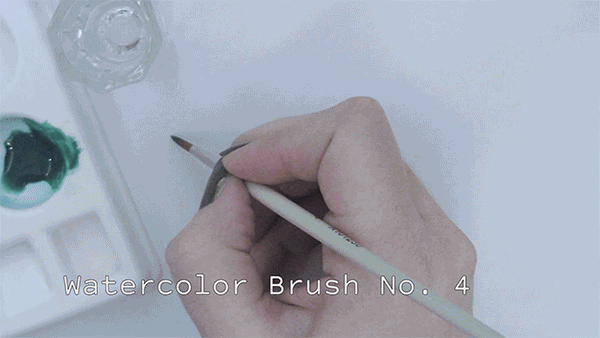
This is obviously the original way of brush lettering and the cheapest tool. This is a round watercolor brush by conda no. 4 and it cost me 3.00 CHF. It works very well. I think this one was the hardest to get control over. If you haven’t used a brush in a while, it will feel very strange because it’s so thin. I had a bit of trouble getting the hang of it, at the beginning my hand hurt, because I had such a tight grip on it.
Recommendation
RecommendationSo what do I recommend most. obviously I go with bristles. I think if you own water colors or are willing to get some, get the Aquash in fine. It’s easy to learn and colors do make you happy, especially at the beginning where the letters might not look that nice. If you don’t want to invest in that, get the Pocket Brush, the results are beautiful.
Inks & Colors & other stuff
Inks & Colors & other stuffYou have the brush, now you need something to write with. I actually had a lot of this stuff already. I did get different inks in pots a few years ago when I absolutely wanted to learn Copperplate (totally will not follow this goal anymore, I gave up after two days), so I do have a selection of chinese and fountain ink to use. In Switzerland we also all get a palette of Gouache in School. It’s to be used in Art Classes and at the end of Primary School you can take it home. Caran d’Ache makes really beautiful Colors and even after almost 14 years, I’m still able to use them. Now, if you want to custom mix ink, you need something to fill the cartridges, or the reservoirs. The unmessyest way I have found is using one of these scary looking syringes that you can get on ebay link. I absolutely love that thing.
How you don’t have to follow everything tutorials sometimes say
How you don’t have to follow everything tutorials sometimes sayThis is something I have taken from these tutorials. Don’t follow it all. A lot of people said that you should practice brushlettering by practicing the different strokes. I really do not like to do stuff out of context, so whenever I tried something like this I really did not enjoy it and I fell like that’s really not the point of it. Also, give brushpens with actual bristles a try if you failed at the felt tips like me, you might get this to work.
Also practics normal handwriting. I think it really does make a difference to also pick up just a ballpoint pen and try and write a little bit nicer than you’d do otherwise. I am definitely not someone that has a pretty (or even legible) handwriting, but I try to keep the things I do for brushlettering in mind. It helps. The people correcting your handwritten exams will thank you!
And that wraps it up. I hope you liked this post that’s a little different from what I usually do. Give Brushlettering a try, it is the ultimate stress relieve!
Also if you want to see more of my brushlettering adventures - I finally joined Instagram and will share it there.